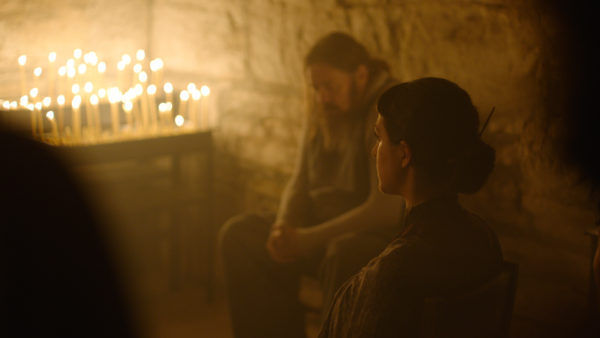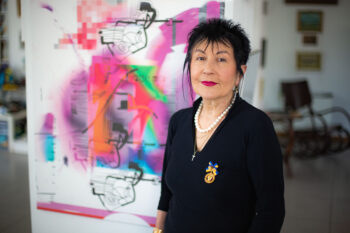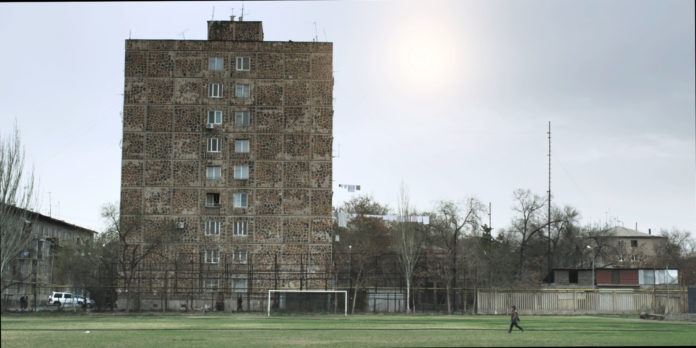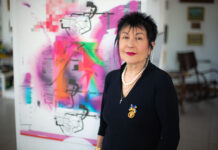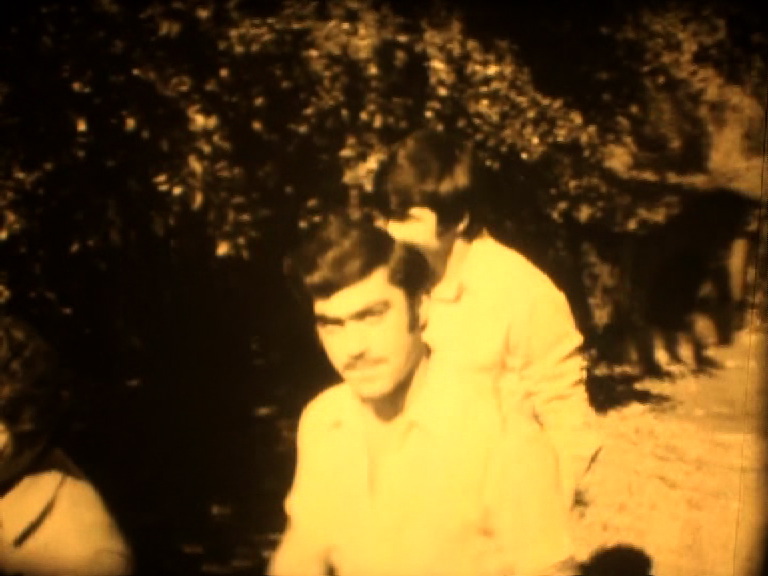DETROIT — Great art often emerges from conflict, hardship, or pain. Oksana Mirzoyan has known these perhaps more than most. As a child refugee fleeing Baku in the late 1980s and again in the early 1990s due to the Nagorno-Karabakh conflict, she knows firsthand the world that war creates, both outside and inside of us. A perceptive and sensitive artist, she channels her inner and outer world, along with a good dose of inspiration from classical painting, into a body of artwork, film in her case, that could not be more relevant for Armenians, and all people, today.
Based in Metro Detroit where she grew up, Mirzoyan begun to make her mark for several years with her work being screened at film festivals internationally. Her short film, “140 Drams,” took top prize as Best Short Film at the Izmir Film Festival (Turkey), received an Emerging Cinematographer Award from the Cinematographers Guild of America, and was selected by Atom Egoyan for his curated selection: “Diaspora: Atom Egoyan and Armenia” at the Fribourg Film Festival (Switzerland).
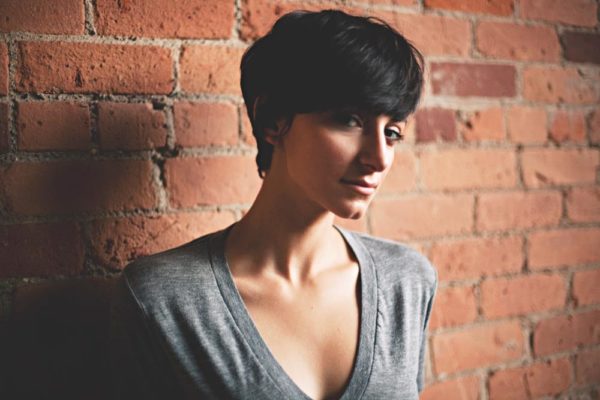
Already well-known in the artistic circles of Detroit, as well as the local Armenian community here, she holds a Kresge Arts Fellowship, has had her films exhibited by the DIA (Detroit Institute of Arts, one of the most prestigious art museums in the country), and has had work commissioned by the MOCAD (Museum of Contemporary Art of Detroit). Her life and work inextricably tied up with the Karabakh conflict, she has now begun work on a feature-length film on the subject, to be titled “Absym.”
Mirzoyan was born in Baku, Soviet Azerbaijan. As a young child, her life changed forever. She was only four-years old in 1988 when “everything started to happen,” in her words. Karabakh voted for independence, which led to massacres that took place in Baku and Sumgait. The Soviet Union was crumbling. Her family, along with 500,000 other Armenians, fled Azerbaijan. It wasn’t a choice — it was a matter of survival.
“We fled and came to Yerevan. I have my memories, the images from that time, but more so I remember the feeling. I remember the tension. I was very young and at that age, you only understand the feeling of events. I’ve been trying to find the language around what happened since then.”
The Sumgait pogroms, as any Armenian knows, were not the only catastrophe in 1988.
